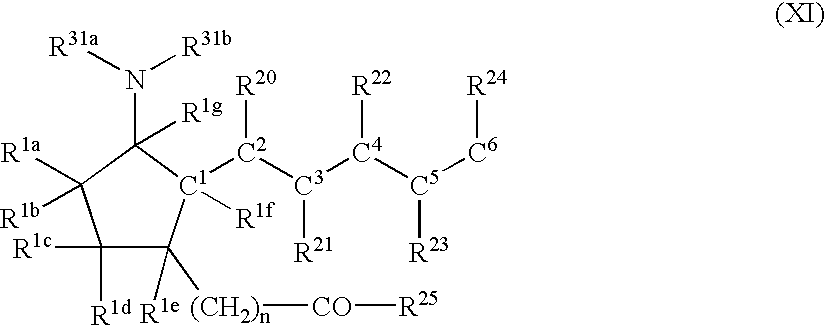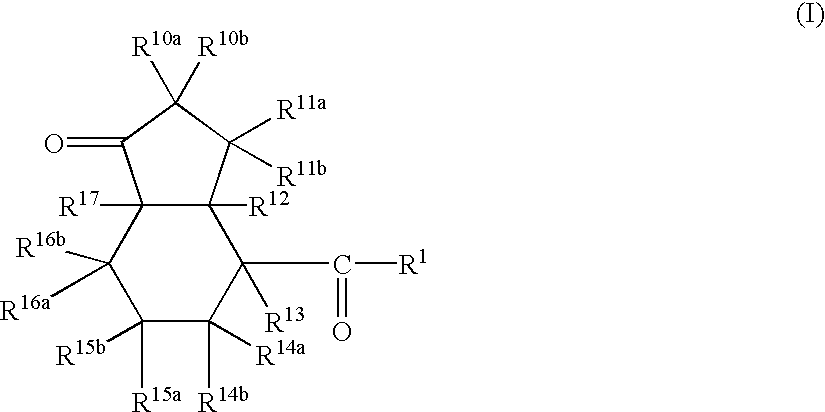Method of producing a taxane-type diterpene
a diterpene, taxane-type technology, applied in the field of simple methods, can solve the problems of insufficient industrial production, difficult to obtain a large amount of taxol, and inability to obtain taxol by cell culture utilizing the conventional tissue culture techniqu
- Summary
- Abstract
- Description
- Claims
- Application Information
AI Technical Summary
Benefits of technology
Problems solved by technology
Method used
Image
Examples
example 2
Example 1 was repeated except that 1 ml of a filtrate obtained by aseptic filtration of cultures resulting from culture of Pseudomonas syringae in the minimal medium was added instead of the culture extract of the bacterium and culture was carried out. The results are shown in Table 1.
example 3
Example 1 was repeated except that 1 ml of a liquid obtained by autoclaving the cultures resulting from culture of Pseudomonas syringae in the minimal medium, was added instead of the culture extract of the bacterium and culture was carried out. The results are shown in Table 1.
example 4
Example 1 was repeated except that Xanthomonas campestris (IFO 13551) was used as a bacterium which produces coronatines. The results are shown in Table 1.
PUM
| Property | Measurement | Unit |
|---|---|---|
| height | aaaaa | aaaaa |
| time | aaaaa | aaaaa |
| concentration | aaaaa | aaaaa |
Abstract
Description
Claims
Application Information
 Login to View More
Login to View More - R&D Engineer
- R&D Manager
- IP Professional
- Industry Leading Data Capabilities
- Powerful AI technology
- Patent DNA Extraction
Browse by: Latest US Patents, China's latest patents, Technical Efficacy Thesaurus, Application Domain, Technology Topic, Popular Technical Reports.
© 2024 PatSnap. All rights reserved.Legal|Privacy policy|Modern Slavery Act Transparency Statement|Sitemap|About US| Contact US: help@patsnap.com










